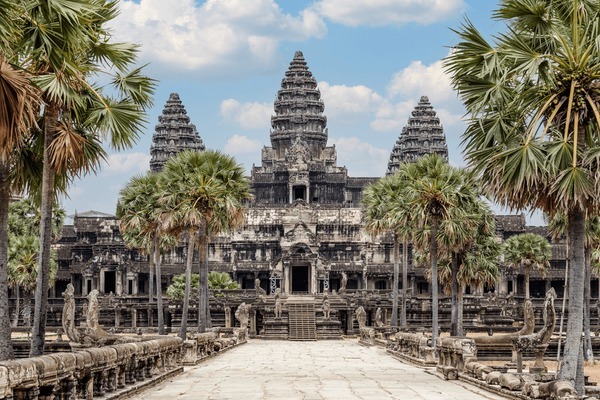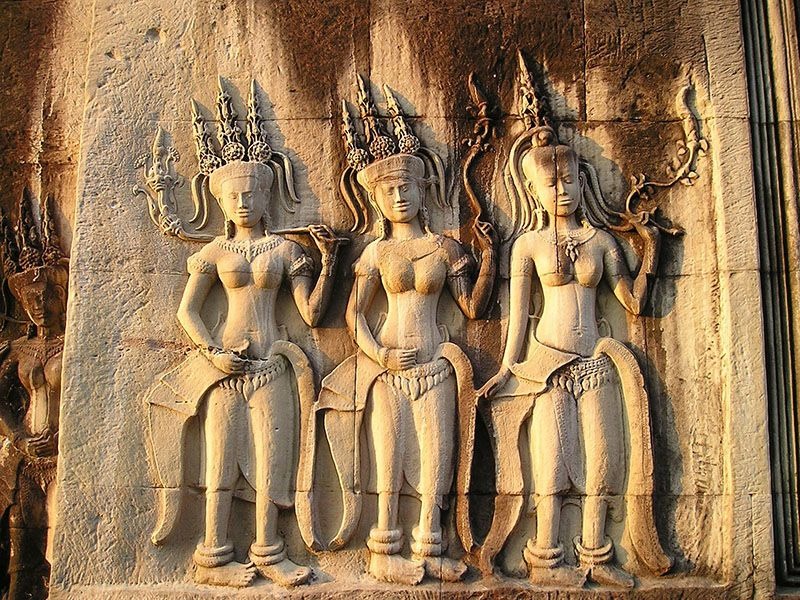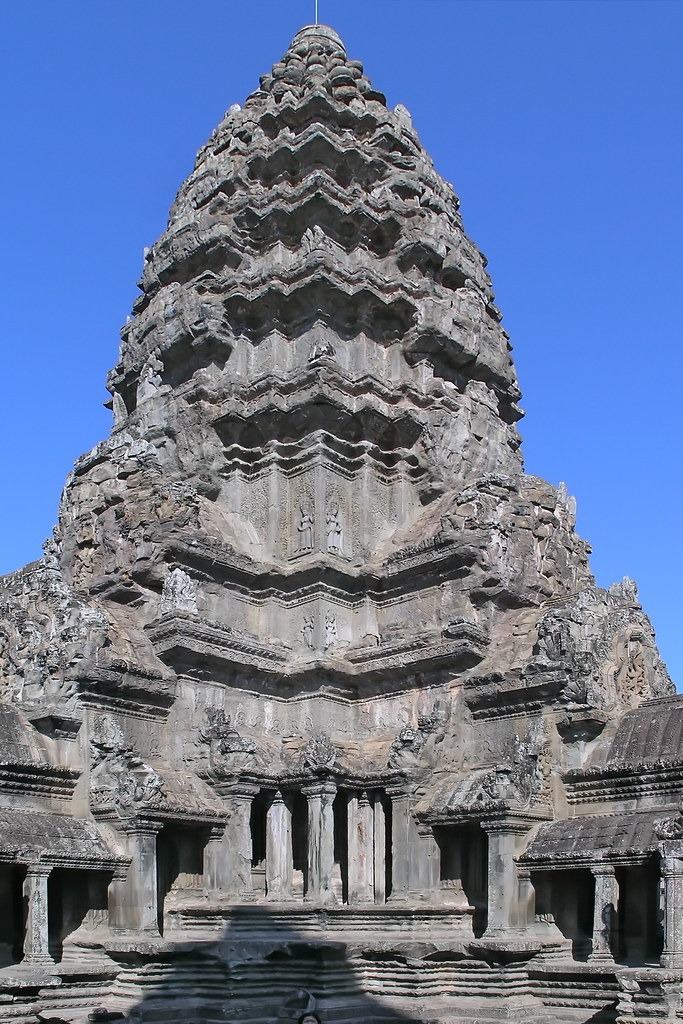Angkor Wat, the ancient Hindu temple in the heart of Cambodia, has recently been named the 8th wonder of the world, surpassing Pompeii in Italy. This UNESCO World Heritage Site is a testament to architectural brilliance and cultural significance along with being the largest religious structure in the world.
The ancient temple in Cambodia is among the most significant archaeological sites of Southeast Asia, located in the northern province of Siem Reap in Cambodia. Angkor Wat is spread across some 400 km square and holds the Guinness World Record for being the largest religious structure in the world. This ancient temple is among the most visited attractions in the world. Lakhs of devotees from across the globe visit the temple every year.

The Angkor Wat temple was built by the Khmer Emperor Suryavarman II in the 12th century. The temple was mainly dedicated to Lord Vishnu and was gradually converted into a major Buddhist temple by his successor Jayavarman VII. He also built the famous Buddhist temple of Bayon nearby. The temple is also believed and worshipped by the locals as their protecting deity and is famous for its statue of eight-armed Vishnu.
The intricate carvings that adorn the temple walls at Angkor Wat show the Hinduism to Buddhism transition clearly. Scenes from Hindu and Buddhist mythology are depicted there. They include the well-known Bayon Temple in Angkor Thom and the Angkor Wat Temple which has numerous sculptural decorations. Angkor Wat includes forested areas and contains the magnificent remains of the Khmer Empire’s various capitals from the 9th to the 15th centuries in a 400 sq km area.

Angkor Wat is also popularly called Yasodharapura. The name Angkor is derived from nokor, a Khmer word meaning “kingdom,” which is derived from Sanskrit nagara, which means “city.” A comprehensive programme has been established by UNESCO to protect this historic site and its surroundings.
The architectural grandeur of Angkor Wat is evident in its flawless symmetry, colossal scale, and detailed bas-reliefs. The central temple complex is a work of art in terms of symmetry and precision, with five lotus-shaped towers representing Mount Meru, the mythical abode of the gods in Hindu and Buddhist cosmology. A massive moat surrounds its outer walls, adding to the majesty of this historic monument.




